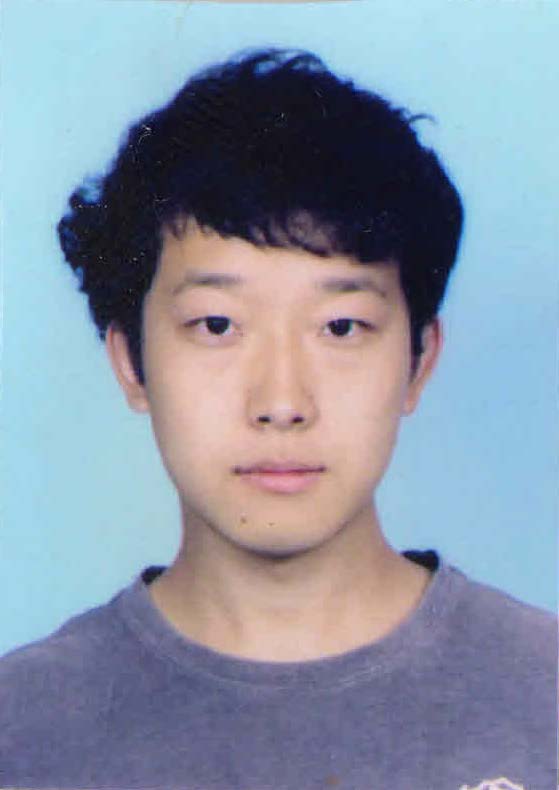Delay-Doppler Domain Communications and Sensing
Date:
Future wireless networks are envisioned to support ubiquitous connectivity to a wide range of emerging applications, spanning from autonomous cars to unmanned aerial/underwater vehicles. This requires novel wireless technology to provide highly reliable data transmission and highly robust sensing simultaneously. However, the strong multipath, high delay, and Doppler features in high-mobility environments can impose great challenges for reliable wireless communications and robust sensing. Consequently, the conventional orthogonal frequency division multiplexing modulation may fail due to the high dynamical channel fluctuations. The recently proposed orthogonal time frequency space modulation has provided a fundamentally different perspective of waveform design in the delay-Doppler (DD) domain in contrast to the conventional time-frequency (TF) domain designs. Since both functionalities can be unified in the same domain, promising performance over various channels has been shown and the advantages have been widely evident from both academic and industry perspectives. This tutorial aims to provide a comprehensive understanding of the DD domain communications and sensing with specific focuses on its fundamentals, advanced designs, performance analysis, and applications. In this tutorial, we will first overview the background and fundamentals of DD communications and sensing. As a step further, we will introduce the state-of-the-art research progress on this topic, which consists of 3 technical parts: 1) Fundamentals of DD domain communications, 2) Recent advances of DD domain multiple-input multiple-output (MIMO) communications, and 3) DD domain communications with integrated sensing functionality. Finally, we will conclude the tutorial by summarizing the future directions and open problems of DD domain communications and sensing.
